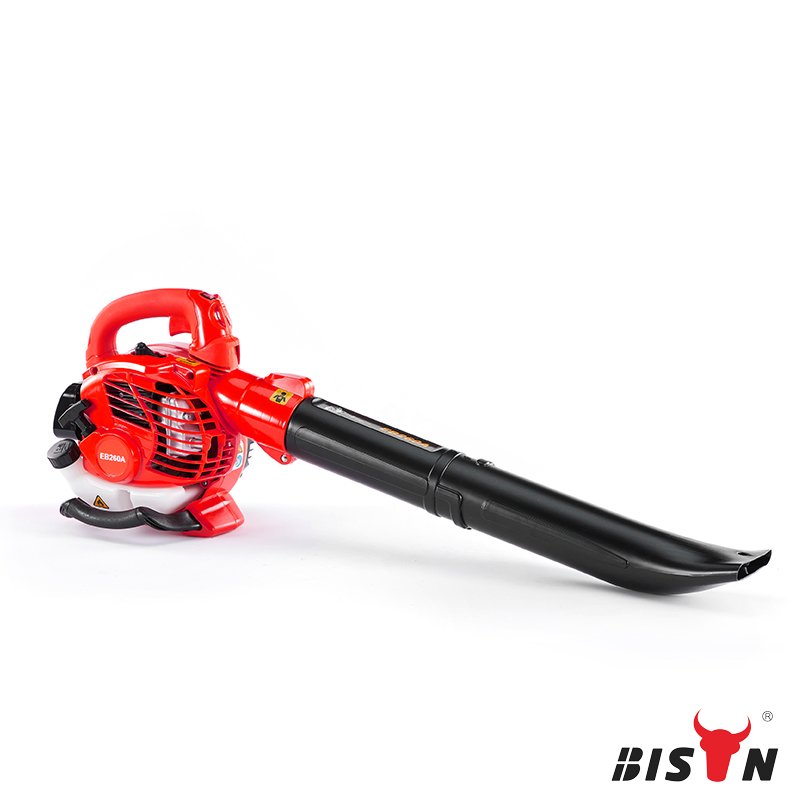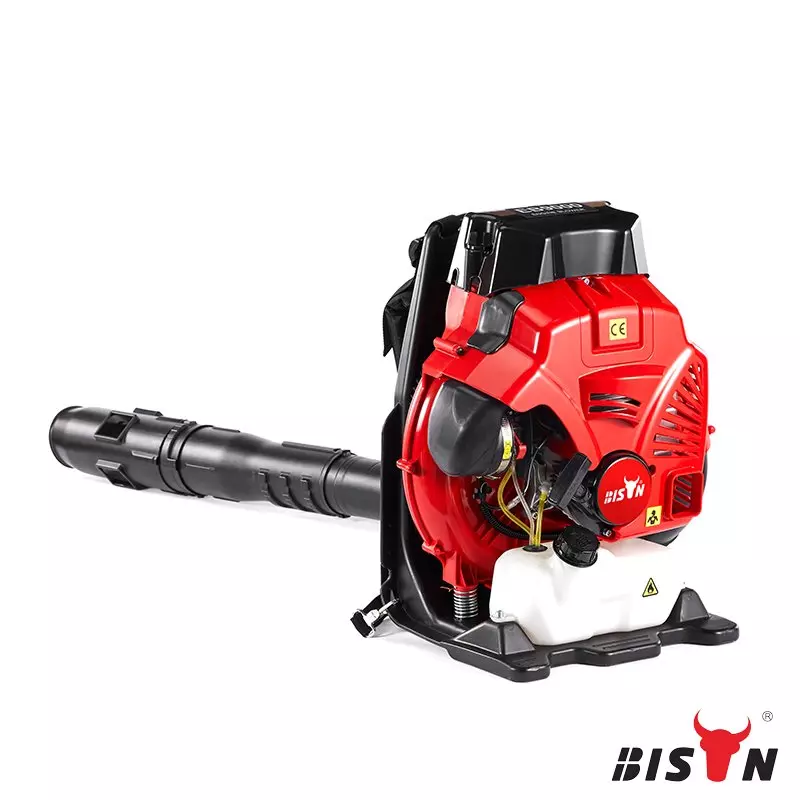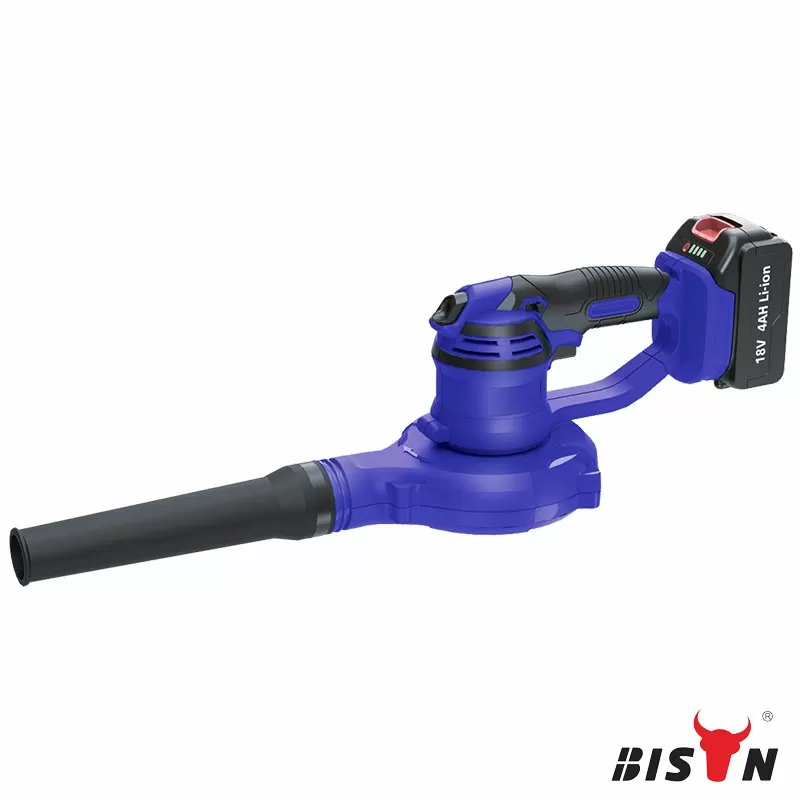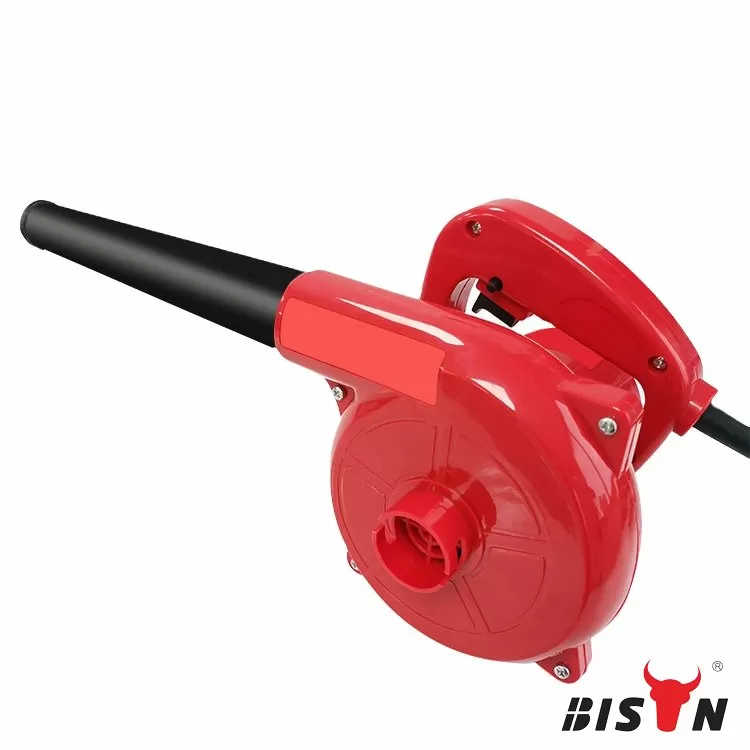Leaf blower gets wet: Everything you need to konw
2023-05-23
Table of content
The leaves are falling, and the homestead is in disarray. And since manually removing dead leaves from a backyard is often a daunting task, every homeowner needs a leaf blower. This is especially necessary in the fall when thousands of leaves are lost.
Exposing leaf blowers to moisture for long periods of time can make them wet. Therefore, people living in areas with high humidity have to worry about getting the leaf blower wet and rusting. Leaving your leaf blower outside when it rains will undoubtedly get it wet.
This article is for the many homesteaders looking to get the most out of their leaf blowers. After answering this question, will the leaf blower get wet? Many other questions come to mind. For example, if water got into these tools, how would you fix them? Dive in with us as we unravel everything about leaf blowers, bit by bit.

What happens if a leaf blower gets wet?
If stored in the right conditions, these leaf blowers will hardly ever get wet, but sometimes they do. Think of a situation where you forgot about the leaf blower in your backyard, and it stays there overnight, especially if it's raining. No doubt it will get wet. Therefore, you should expect performance glitches that could threaten the best functionality of your power tool. Over time, signs of rust can become apparent, shortening the life of your power tool. The rust problem is especially a concern if you have a gasoline/gas-powered leaf blower.
Another possible malfunction you'll notice when your leaf blower gets wet is a soaked air filter. Another problem arises with a wetted filter. When the gas absorbs moisture, your power tool stops functioning. You must already know that the engine of any gasoline-powered machine is at risk of malfunctioning when gasoline is mixed with water.
Conversely, when an electric leaf blower gets wet, the user is at a real risk of electric shock. This is especially possible if some wires are exposed. Worse, due to a short circuit, your power tool could suddenly burn out the next time you turn it on. When the electric leaf blower gets wet, its main board will likely short out if it is not dried.
What to do if the leaf blower gets wet?
BISON leaf blowers present numerous challenges for people who regularly use these power tools. So another question that comes to mind is how do you handle this situation? Should you call a repair centre for help, or can you fix it at home? If your leaf blower gets wet, you don't always have to go to a service centre. While exposing an electric leaf blower to humidity should worry anyone, taking a few quick steps can fix the problem.
BISON recommend disconnecting all power sources when you notice water on/in the electric leaf blower. This is a precautionary measure not only to avoid short circuits but also to allow you to dry out the power tool. However, you should be aware that wet conditions can trigger the worst failures, such as rusting of circuit boards. If this is the case, visit a repair centre to diagnose the leaf blower's internal components fully. It would help if you never assumed that water could get into the blower and cause problems that are hard to detect.
For gasoline/petrol-powered leaf blowers, you should blow them dry immediately. However, if the problem is worse than it appears, you may have no choice but to purchase and install a new filter.
Steps for cleaning a wet leaf blower
Here are the steps for cleaning or drying a wet leaf blower:
#1 Disconnect from the power
For electric leaf blowers, you should disconnect from the power source. Drying the batteries will further resolve the problem before it escalates.
#2 Drainage
Make sure to drain any water left in the leaf blower chassis. The best way to do this is to tilt the power tool slightly while blow drying. It prevents water from running further into the power tool, which could cause more problems.
#3 Dry the blower
Dry the case of the leaf blower with a towel. This is to speed up cleaning the wet blower while ensuring that there are no watermarks on the power tool.
#4 Open the blower
For homemakers with experience with these power tools, we recommend opening the wet leaf blower for extensive and rigorous cleaning. However, you should avoid risking this process if you need help with what to do. This is to avoid further damage to your power tool.
#5 Further drying
BISON also recommend blow-drying or air-drying power tools. The only downside of the latter is that it usually takes several days, likely disrupting your daily routine. Blow drying is quicker, although it introduces another risk to the leaf blower. While you'll be back to work in no time, if you choose to blow dry, there's a good chance you'll force water out of the power tool's vents.
#6 Test the blower
The final stage is to test your leaf blower, in this case, connecting it to a power source. If you smell burning or notice sparks, immediately disconnect and repeat the steps above.
Factors to consider when buying a leaf blower for removing wet leaves

Not every leaf blower delivers great performance when it comes to blowing wet leaves. That means you should make some critical decisions when shopping for the best power tool. They include:
Narrow nozzles
Leaf blowers with narrow nozzles are preferable because they deliver a concentrated and powerful jet of air onto wet leaves. So even if you choose to work right after a storm, they'll be powerful enough to clear wet leaves from your backyard.
Durable blower
Choose a durable blower, especially one with stainless steel construction. It prevents wear and tear, especially when drying a bunch of wet leaves.
Waterproof
BISON also recommend purchasing a waterproof blower, especially the collection bag. That way, you won't run the risk of damaging your power tool, even if it's exposed to moisture that can cause rust.
FAQs
Can you blow the wet leaves with a leaf blower?
While you'll mostly use a leaf blower in the fall, blowing wet leaves can often have problems, especially after a storm. Can you blow wet leaves with these power tools without risking damage?
While blowing wet leaves doesn't risk any damage to your power tools, it's a tedious exercise. It's not easy blowing wet leaves onto collection paper, especially if you're doing it right after a storm. It would be best if you always let the leaves dry for a few days before starting to clean them with a leaf blower.
However, if you must blow the wet leaves, we recommend using a blow dryer with a strong airflow. Best of all, focus the jets on a bunch of grass clippings/leaves for less work. It partially dries the leaves while moving them to the desired collection point. From petrol powered corded to cordless blowers, there are many variants to choose the right power tool for. BISON also recommend purchasing a blower with a speed control button for the best results on wet leaves.
What happens if you leave your leaf blower in the rain?
No benefit, but the degree of damage depends on the leaf blower. If it's gasoline, not much. If water seeps into the gasoline, the machine may not start. But you need to wipe it dry, inject new gasoline, and it will work again.
Electric leaf blowers can be damaged if left in the rain. In a downpour, water can enter the case and cause a short circuit. Battery-operated blowers are also sensitive to heavy rain.
Can a leaf blower get wet?
Yes, the outside of the leaf blower may get slightly wet. But make sure it doesn't get wet inside, especially with electric blowers. Most leaf blowers are not waterproof and should be used with care in wet conditions. It is not recommended to use them in the rain.
Final thoughts
Finally, it would help if you were wary of the fact that leaf blowers can get wet when exposed to moisture. Leaving these power tools out in the rain can also get them wet. Most importantly, choosing a suitable leaf blower should help you remove wet leaves from your lawn. While blowing wet leaves isn't always easy, these power tools vary by manufacturer. The great thing about owning a leaf blower is that you can quickly and easily declutter your home whenever you want.




